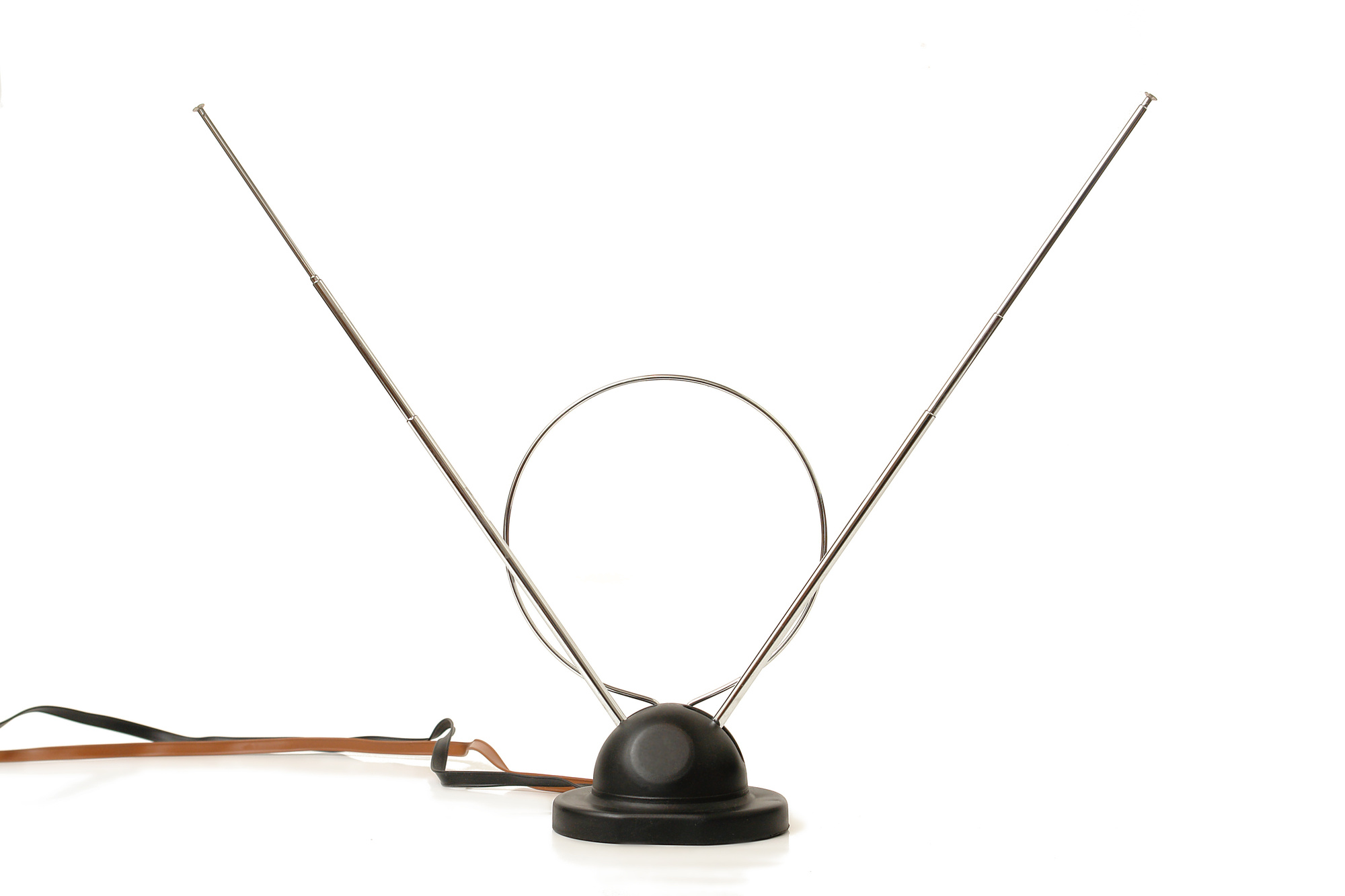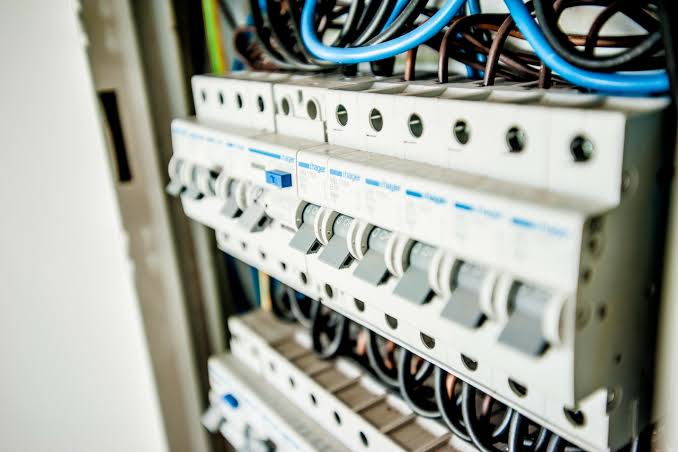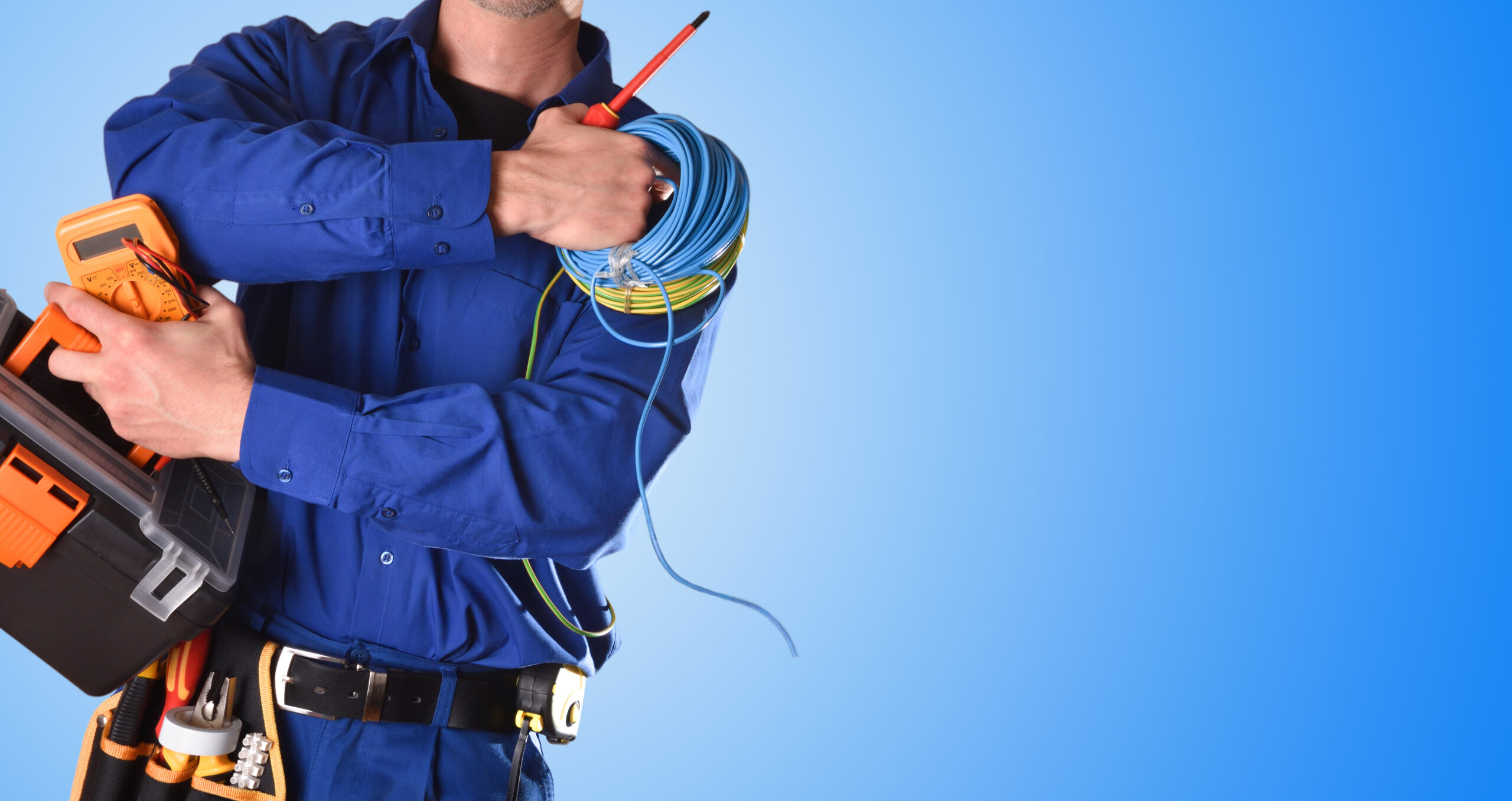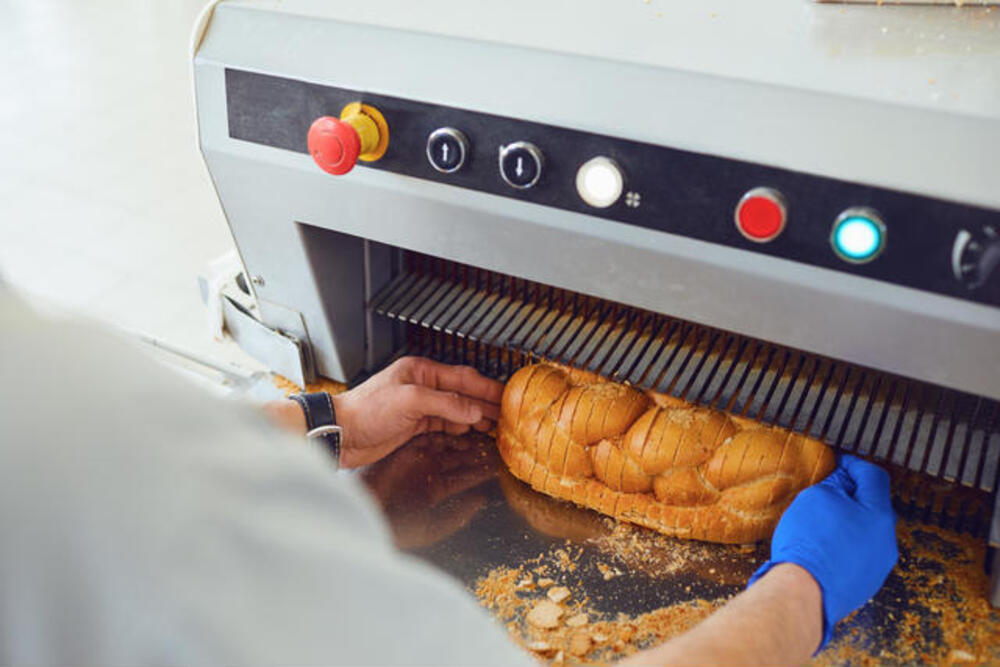Although it seems as though most people have cable nowadays or at least a little satellite dish, there are still many households that depend on TV antennas. This is the only way they can get a signal.
A TV antenna is not the latest or most impressive technology to many, but it still works wonders for picking up local network channels. For exceptional sound and video frequencies, here is everything you need to know about how does a TV antenna work.
How Does a TV Antenna Work?
If you have a TV antenna, this is made of metal to effortlessly pick up analog signals. Each antenna will have a boom. This is a tall metal piece that is located in the center.
The boom on your TV antenna will also have a series of metal rods. These will horizontally cut across. Then, each rod can pick up the signal from a television transmission tower, even if it is several miles away. Then there are also receptors on your boom.
There should be one for every couple of rods that grab signals when they reach the base of the boom. This helps send them down to your television attached to your antenna if you use an AV cable.
To know how to install an antenna, you need to understand that these are specifically designed to accept UHF or VHF signals. TV stations will emit these signals through transmission towers.
These are often located on a high point like a hill or a roof of a station. The antenna does not do much to translate signals into audio and video. This is your TV’s job. All your TV antenna will do is ensure that the signal you need gets safely transmitted through the tower to pass along.
Why Does The Signal Change?
If you have an antenna on the roof, this may have been affected by ice, wind, or snow. The weather degrades your antenna’s orientation. It is best to keep it pointed to the transmission tower for the channel you want to watch. Then this will get picked up for better quality.
However, you should keep in mind that no orientation is perfect for catching all the channels in good quality. If all the transmission towers around are on the same hill facing the same direction, you can expect to pick up signals easily. If your antenna gets knocked over during a storm, none of your channels will work.
If you are not interested in getting cable but still want the best signal, you should ensure you have a larger antenna for your roof. Then the bigger boom can handle additional channels by picking them up from a further location.
Your antenna should also have more rods to get you more receptors. This way, you will improve your chances of getting the channels you already watch along with some other options.
How to Improve Signal Quality?
There is nothing more infuriating than having low-quality reception. There are ways of getting rid of signal problems for optimal reception. The first thing you should do is be aware of the distance between your house and the TV transmitters broadcasting around your area.
Your reception depends on the distance from your nearest broadcast tower, the terrain, and any surrounding obstacles, like trees, buildings, and other homes.
If you keep your antenna inside the house to prevent weather damage, you should have it in your attic as close to the window as possible. Remember that objects can block signals and cause problems, so you should ensure nothing is blocking the antenna.
This way, you can keep your antenna secure to take advantage of the best coverage. The key to TV antennas is that they need to be at the highest point possible if you want significant improvement.
You should also keep your TV antenna away from metal. This is because metallic surfaces close to your antenna can trigger interference with the signals.
They can block your reception, even if you place the antenna near a window with metal bars. If you have metal objects at home, ensure that they are kept approximately six feet away from your antenna.
If your area does not have strong signal strength, but you have an antenna with a built-in amplifier, your TV receiver may be picking up an excess signal. This can cause a loss in the overall signal.
To reduce the amplification of your antenna, turn the variable gain control from maximum to minimum and then try to scan for TV channels.
Installing a TV Antenna
If you have the right instructions for how to install an antenna and all the best tools at hand, you can do this yourself. However, it is always recommended to hire a professional installer.
This is because your professional installer will have the right equipment to guarantee exceptional reception to all your TV points. For example, they may have a digital signal meter that can detect the exact signal strength for each channel for all your points.
This equipment is awfully expensive and is inaccessible to most homeowners. Even if you did manage to get your hands on costly tools like that, you could not use a point-and-shoot method to automatically pick up the best signal.
Keep in mind that your signals can deteriorate through cables over a long distance. So, you should always place your antenna within 20 meters of your TV.
If you need to keep the antenna a little further, you should remember that it is powerful enough to prevent signal loss unless you position it too far. Otherwise, you can get an amplifier to enhance the signal.
It is always worth hiring the right professionals because this can be an overwhelming process. Here is a guide to know the cost of TV antenna installations.
Get the Best Signal Today
Installing a TV antenna is a tricky process, but hiring a professional can save you time and money. A professional service can help you find the best signal strength even if you live in an area where you are struggling to get the channels you want.
If you enjoyed reading this guide about how does a TV antenna work, check out some of our other posts for more information.











